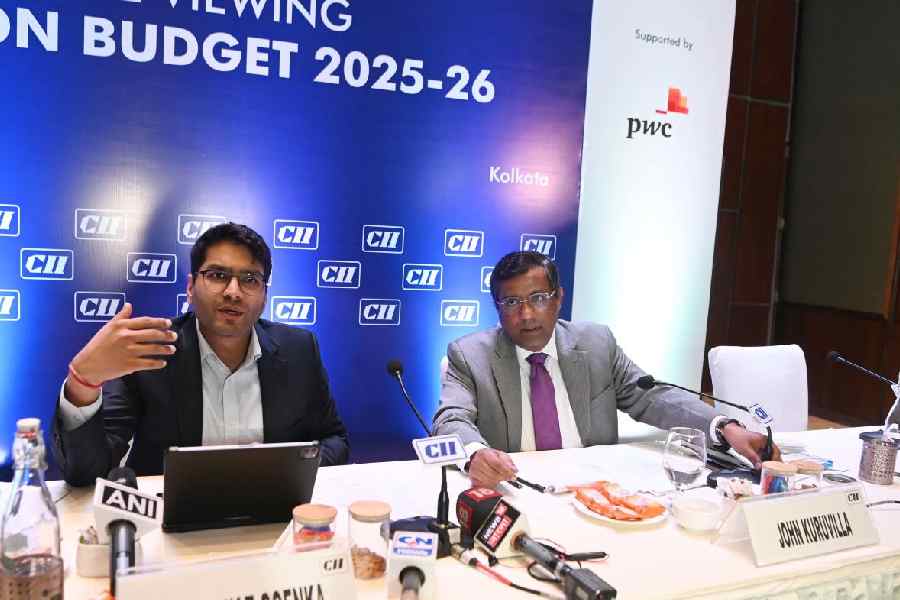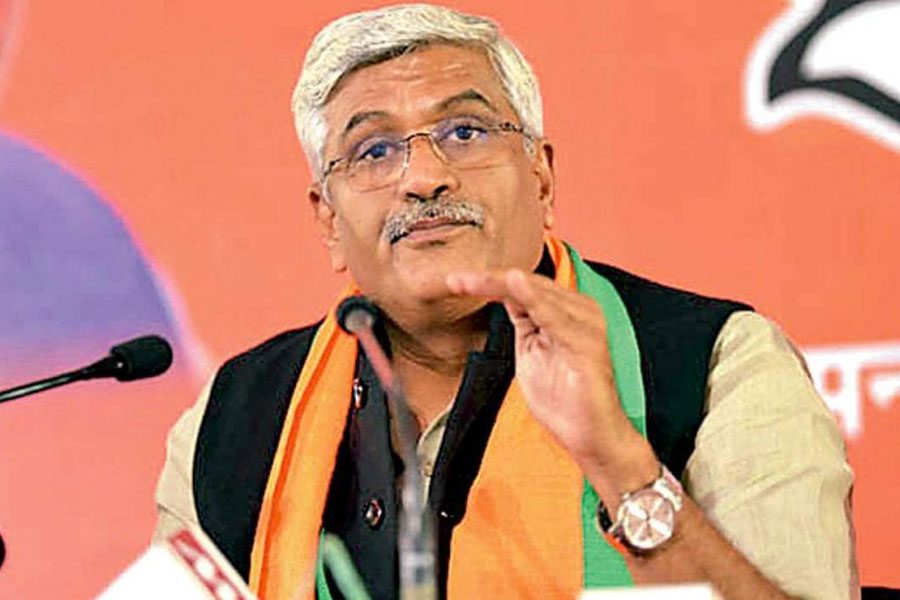Personal income tax cut, increased allocations for Pradhan Mantri Awas Yojna – Urban, and SWAMIH funds meant for stuck residential projects, ease of compliance measures allowing to hold second property with no strings attached and enhanced TDS exemption on rental income – real estate are busy counting gains from the second budget presented in the third term of the Modi government.
Even though there was a tad disappointment due to the absence of a major announcement for the affordable housing sector, realtors say the budget delivered both direct and indirect benefits.
With more money at the hand of taxpayers, industry expects better demand for residential housing, even as they expect more off-budget policy actions such as repo rate cuts to ease interest rate.
“The sector has anticipated additional measures, particularly in affordable housing. Key industry demands, such as higher home loan interest exemptions, a revision in the affordable housing definition based on dwelling unit size instead of uniform ₹45 lakh value and industry status for real estate remained unaddressed,” Sushil Mohta, chairman of Merlin Group and president of Credai West Bengal, said.
Counting positives
Rating agency Icra noted that there has been a 54 per cent increase in the PMAY-Urban programme in FY26 budget estimate compared with FY25 revised estimate. “This should aid the affordable housing segment,” Anupama Reddy, vice-president and group head of corporate ratings of Icra, said.
According to Samantak Das, chief economist and head of research & REIS of JLL India, increased allocation to new SWAMIH Fund 2 of ₹15,000 crore is an appropriate measure for consumers of stuck residential projects to the tune of additional 1 lakh unit, further reducing buyer stress and supporting the housing for all initiative.
Primarc Group, managing director, pointed out that the sector would benefit from the government’s ₹1 lakh crore Urban Challenge Fund, which would promote urbanisation.
Tax tweaks
Anuj Puri, chairman of Anarock Group, said measures such as nil valuation for two self-occupied properties, instead of just one would be a positive move for residential real estate investment.
FM Sitharaman in her budget speech said, “Presently, taxpayers can claim the annual value of self-occupied properties as nil on the fulfilment of certain conditions. Considering the difficulties faced by taxpayers, it is proposed to allow the benefit of two such self occupied properties without any condition.”
“Previously, homeowners could claim only one self-occupied property as tax-free; now, they can claim two — thereby removing taxation on notional rental income from a second home. This step minimizes tax pressures, promotes homeownership, and facilitates real estate investment, especially in second homes and Tier 2 and 3 cities. Middle-class homebuyers, landlords, and investors can now benefit from reduced tax liabilities, better affordability, and less compliance hassles,” Puri said.
Das also lauded the proposal on enhanced exemption on TDS on rent. The budget said, “The annual limit of ₹2.4 lakh for TDS on rent is being increased to ₹6 lakh. This will reduce the number of transactions liable to TDS, thus benefiting small taxpayers receiving small payments.”










